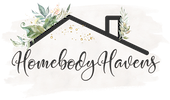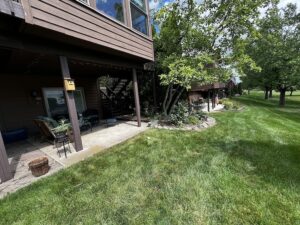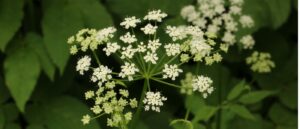I am sitting here observing the cresting of my spring plants through the dark soil. I am so happy to see those little green shoots.
The chipmunks did not get all my tulips- I have a few planted in a yellow pot and they are starting to come up. Today, I moved the pot to the front porch. Here’s hoping they stay there. Ihave not seen any little critters yet.
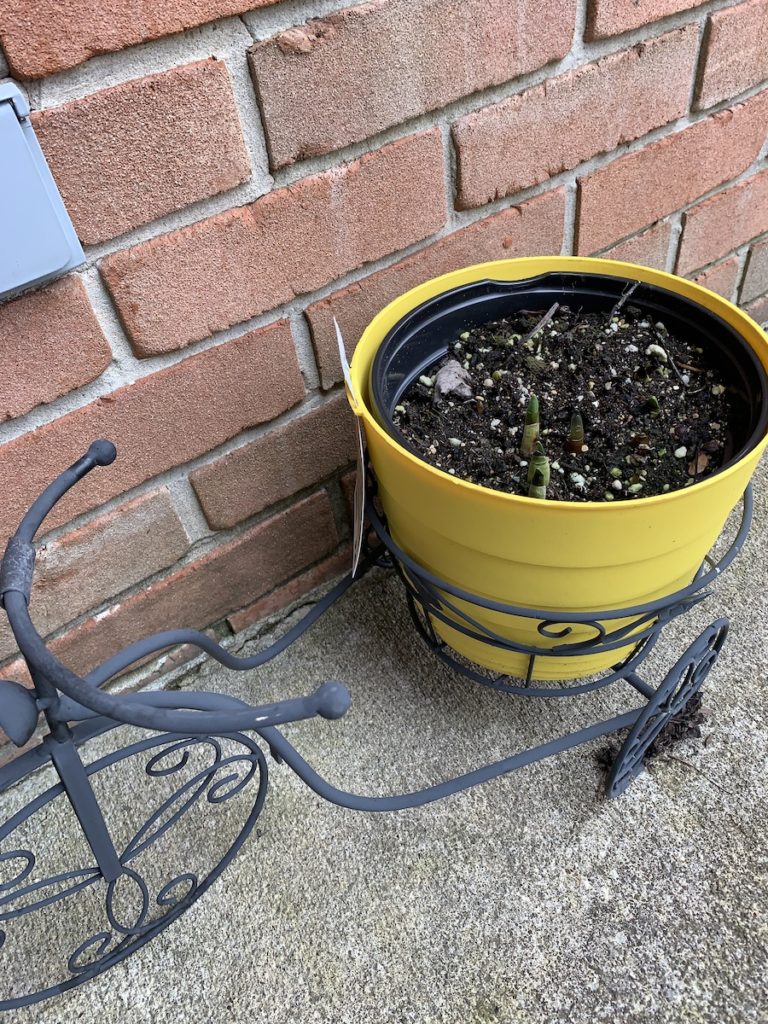
Back to structure on a floral arrangement
A florist will always add greens and tall sturdy elements like twigs then add an arrangements of flowers- a few big or showy blooms,: like roses, lilies, a focal point of the arrangement. Next some filler flowers like mums, asters, daisies, hydrangea and finally on the outside some “floaters or airey ” flowers with delicate stems like sweet pea, daffodils and poppies.

One of the best sites I found online to show you how to make an elegant arrangement is HERE. I love this site so much I have bookmarked it!
One item I want to talk about with you is the sturdy stem frame element discussed in this online tutorial. He used twigs from a flowering bush. I have used branches from trees and bushes in most of my arrangement. The author used the stems as a framework for his creation. I use it mainly as a focal point or element of interest.
I have a couple magnolia trees, a couple red maples and a dwarf Japanese maple whose twigs I frequently use.
In Ireland, I found a bush on the roadside I loved. It is just a green shrub on the hedgeline in the summer but in winter and fall it is a beautiful sculpture of wine red or a honey yellow orange. I prefer the wine color and had John stop so I could cut a bunch. I placed an entire bundle is a metal vase and placed in in the solarium. A bit of color for the winter when nothing much is blooming.
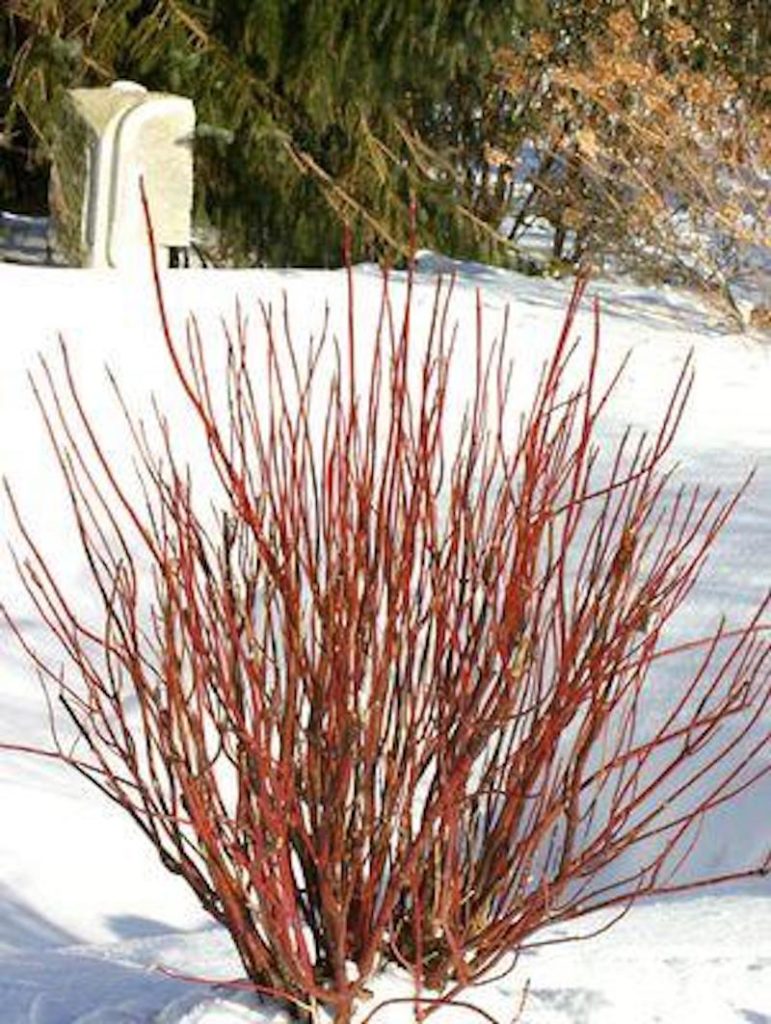
Now that I am back in America. I would love to find some to plant. I notices the park near my local Starbucks has a few of each color variety planted around the little pond. so I know they grow them here in Ohio.
I found them on a Google search Here. It is called:
The red osier dogwood reaches a height and width of 5 to 9 feet. It grows quite rapidly, akin to its cousin the flowering dogwood (Cornus florida), which gains a height of 21 feet each growing season and is winter-hardy in USDA zones 5 through 8.
You can also call it the red or orange flowering dogwood bush and the garden center will know what you mean. As you can see by the growth dimensions the bush I saw it was over 5 feet tall and they were relatively young bushes. My garden can’t handle that. so I went looking for a dwarf variety and was able to find one HERE

Now that I think I can put on the side of the yard. Right now I am having an issue with a transplanted hydrangea and some old arbivitum that split in this past winter’s wind storms. I might be able to place a few along that tree line.. In the summer the bush is grees as you can see below

I am very excited to be able to have on eof these to use for cutting in my home, line the flower bed on the north slope and use for Spring and Summer floral arrangments.
What do you think of this plant? Do any of you guys use stiff stem twigs in your arragmentments?Have you seen these before. Anybody have a dwarf plant? I would love to see your comments below.
Thanks for the visit.
Take good care guys and stay well . Wash your hands!!
Dara
